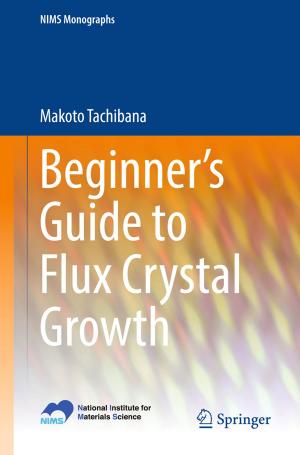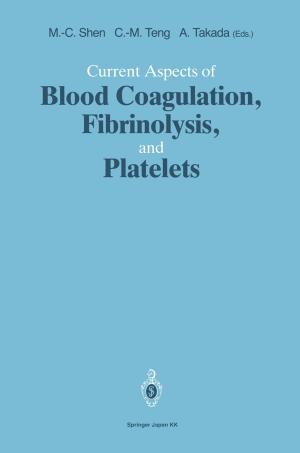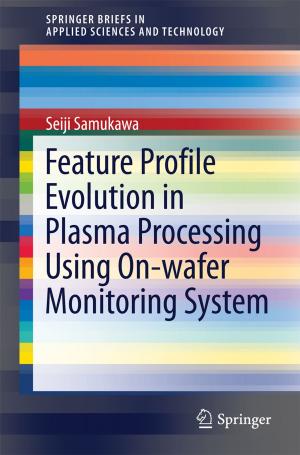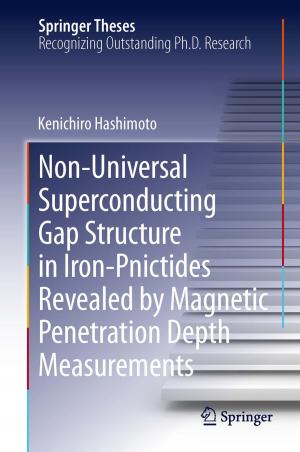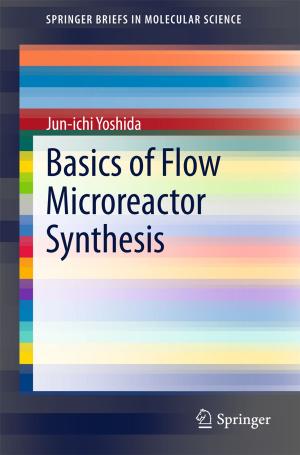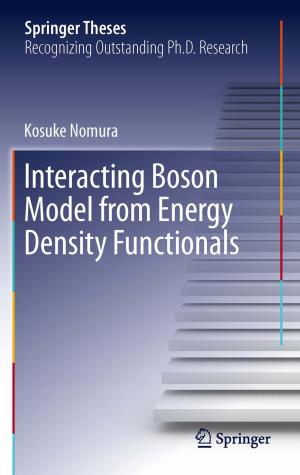Computational Simulation in Architectural and Environmental Acoustics
Methods and Applications of Wave-Based Computation
Nonfiction, Science & Nature, Technology, Acoustics & Sound, Mathematics, Applied| Author: | ISBN: | 9784431544548 | |
| Publisher: | Springer Japan | Publication: | August 5, 2014 |
| Imprint: | Springer | Language: | English |
| Author: | |
| ISBN: | 9784431544548 |
| Publisher: | Springer Japan |
| Publication: | August 5, 2014 |
| Imprint: | Springer |
| Language: | English |
This book reviews a variety of methods for wave-based acoustic simulation and recent applications to architectural and environmental acoustic problems.
Following an introduction providing an overview of computational simulation of sound environment, the book is in two parts: four chapters on methods and four chapters on applications. The first part explains the fundamentals and advanced techniques for three popular methods, namely, the finite-difference time-domain method, the finite element method, and the boundary element method, as well as alternative time-domain methods. The second part demonstrates various applications to room acoustics simulation, noise propagation simulation, acoustic property simulation for building components, and auralization.
This book is a valuable reference that covers the state of the art in computational simulation for architectural and environmental acoustics.
This book reviews a variety of methods for wave-based acoustic simulation and recent applications to architectural and environmental acoustic problems.
Following an introduction providing an overview of computational simulation of sound environment, the book is in two parts: four chapters on methods and four chapters on applications. The first part explains the fundamentals and advanced techniques for three popular methods, namely, the finite-difference time-domain method, the finite element method, and the boundary element method, as well as alternative time-domain methods. The second part demonstrates various applications to room acoustics simulation, noise propagation simulation, acoustic property simulation for building components, and auralization.
This book is a valuable reference that covers the state of the art in computational simulation for architectural and environmental acoustics.


